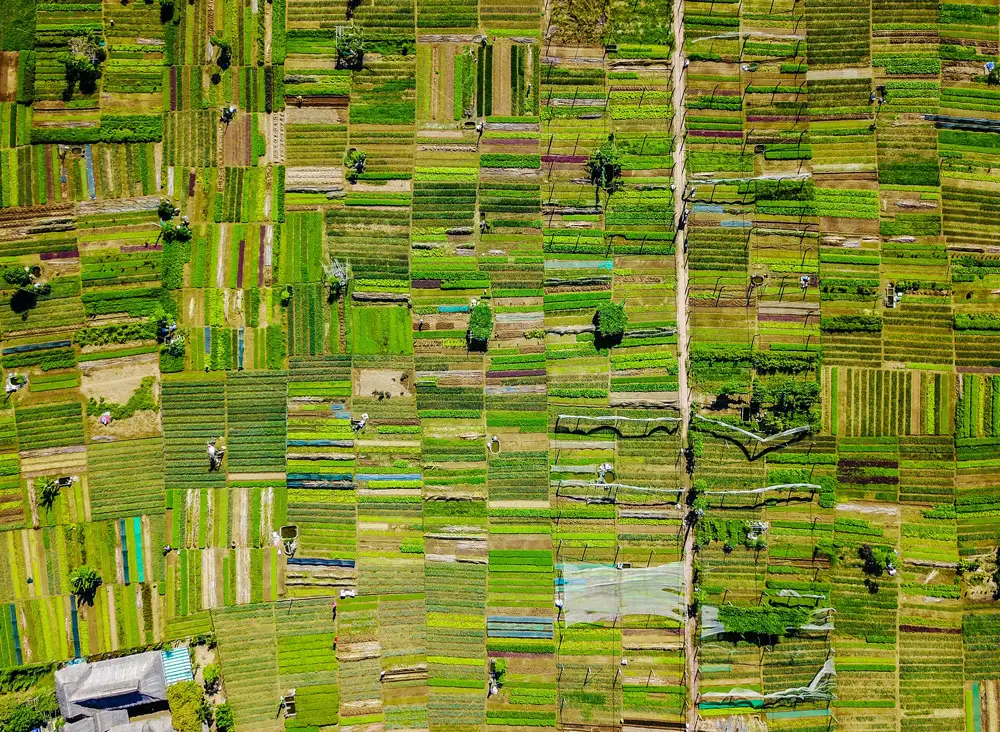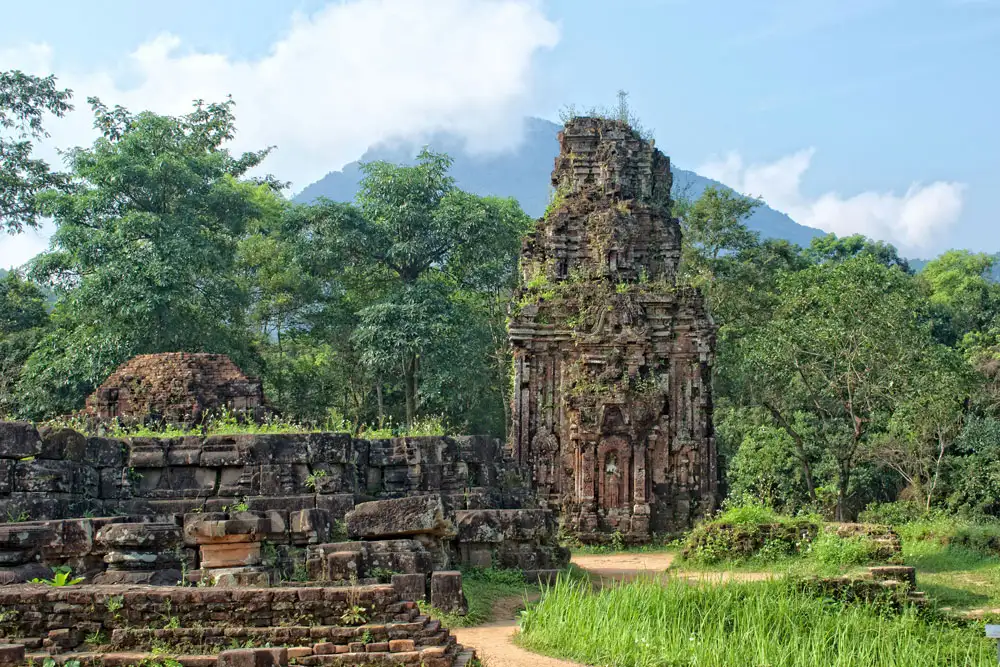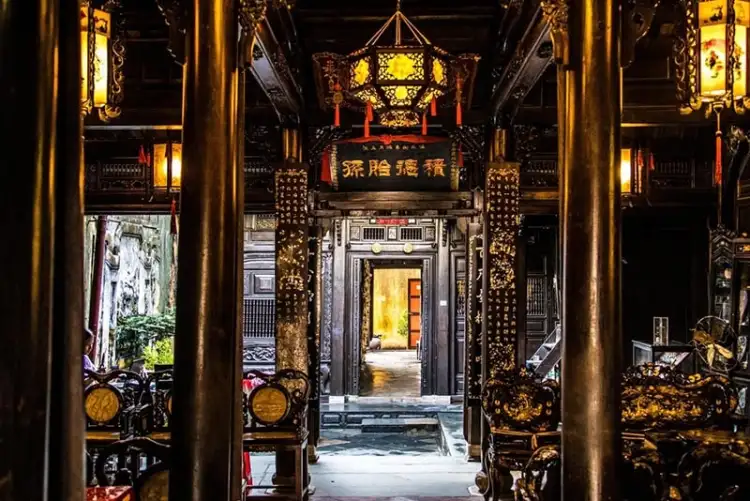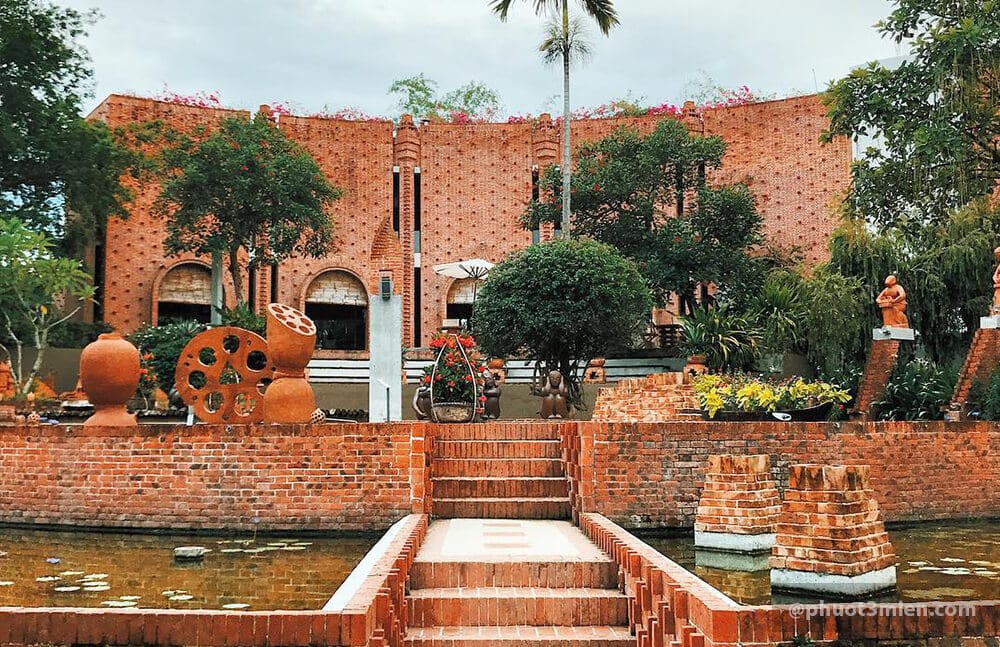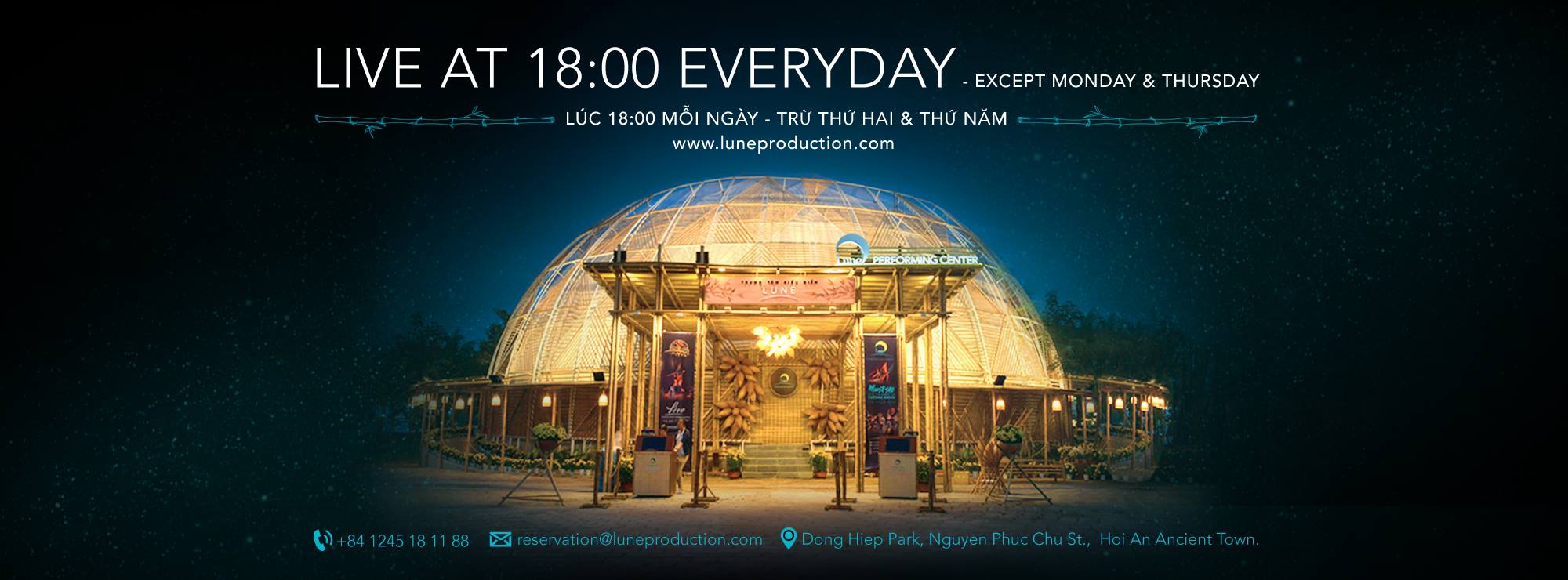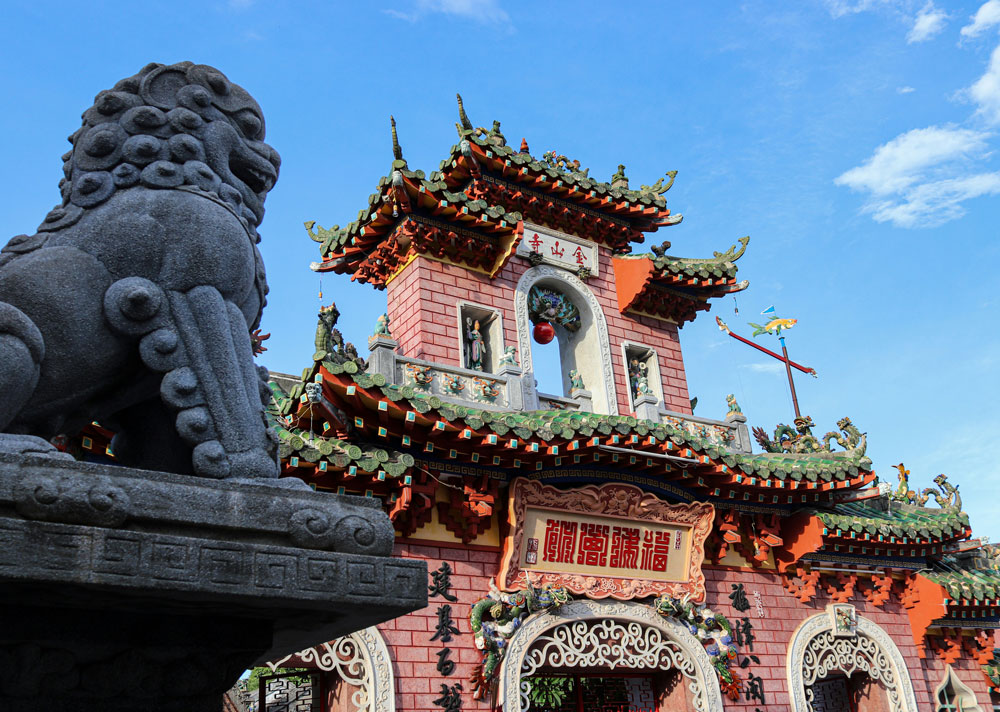Tra Que Vegetable Village
Tra Que Vegetable Village in Hoi An is a distinctive and enriching experience that showcases the traditional and organic farming practices unique to the region. The village stands out for its commitment to chemical-free farming, using natural algae from a nearby lagoon as fertilizer, which contributes to the high quality and freshness of the produce. This method not only ensures healthier and cleaner produce but also aligns with the growing global trend towards organic and sustainable agriculture .
The history of Tra Que is deeply rooted in its transition from a fishing community to a thriving agricultural village, thanks to the discovery of the fertility-enhancing properties of the local lagoon’s seaweed. Today, over 200 families cultivate a variety of herbs and vegetables on the village’s 40 hectares of land, contributing significantly to the culinary richness of Hoi An, with certain dishes requiring the distinct flavors of Tra Que’s produce.
Visitors have the opportunity to immerse themselves in the daily life of the farmers, learn about traditional farming techniques, and even participate in hands-on activities such as planting and harvesting. The village’s location between Hoi An Old Town and An Bang Beach makes it easily accessible for a peaceful cycle or walk through the picturesque fields.
For those interested in culinary experiences, Tra Que also offers cooking classes utilizing its fresh herbs and vegetables, providing a unique chance to learn about Vietnamese cuisine in an idyllic setting. Whether exploring on your own or joining a tour, Tra Que Vegetable Village offers a glimpse into the sustainable practices and rich cultural traditions that define this charming area.

